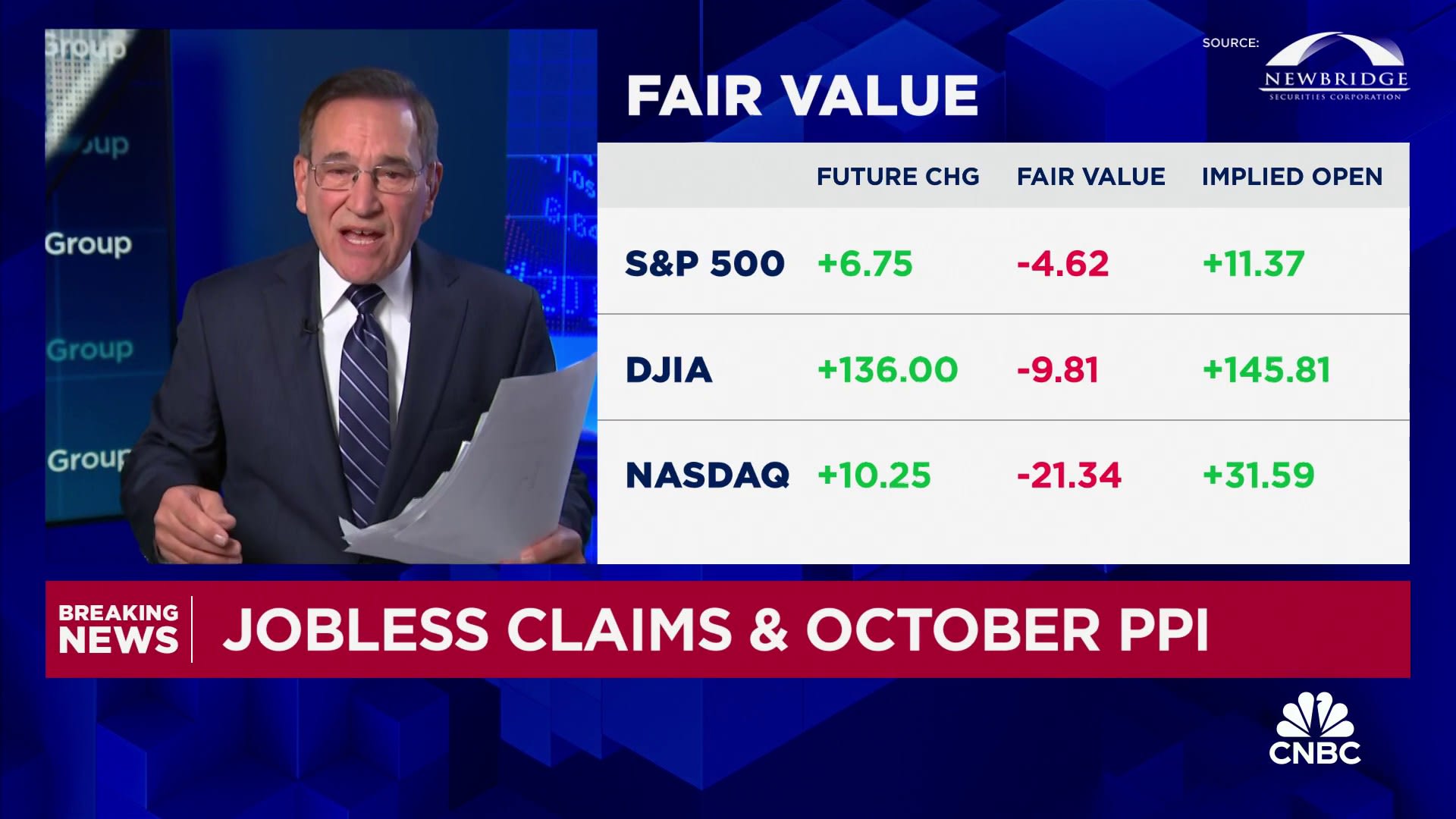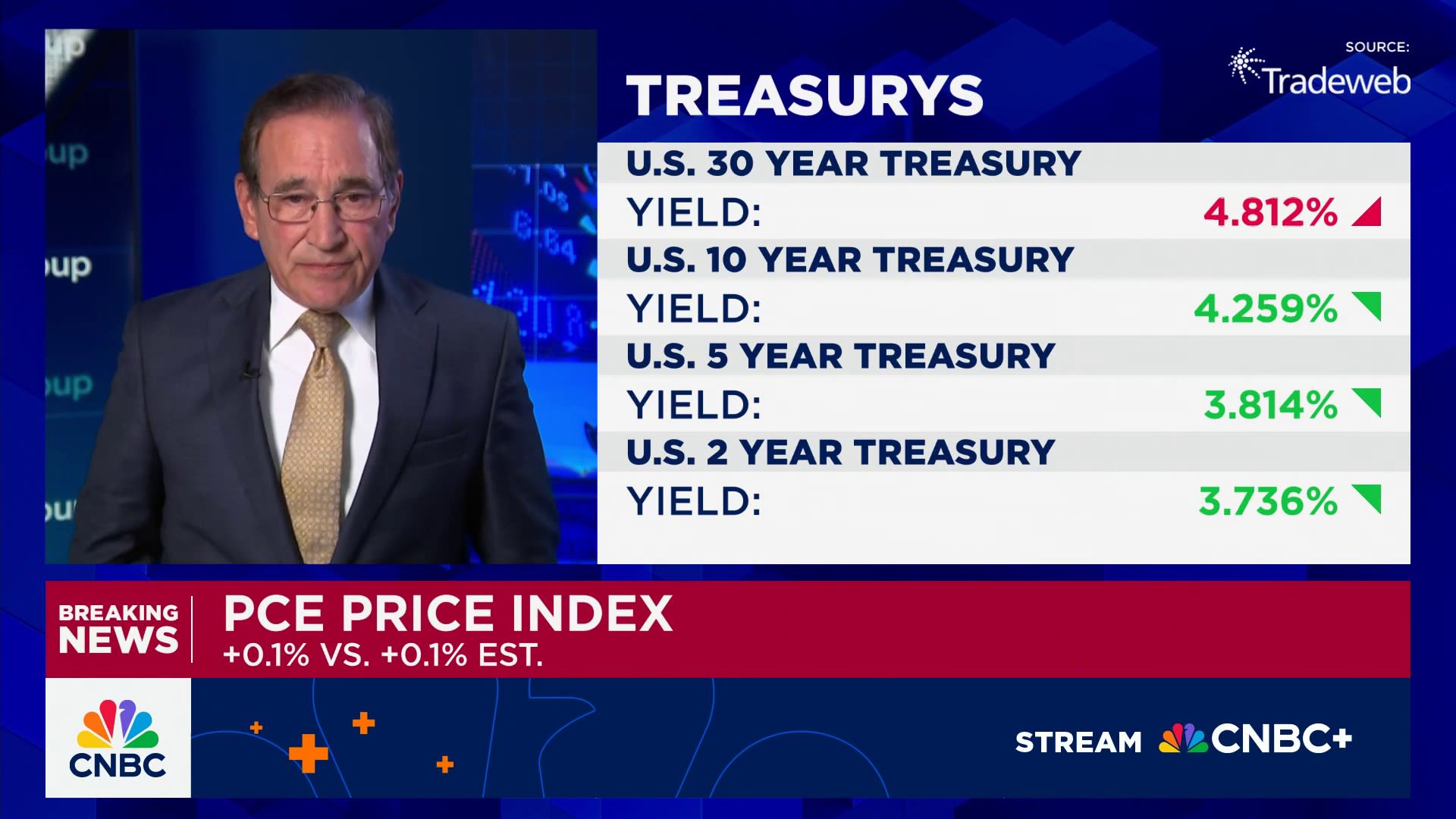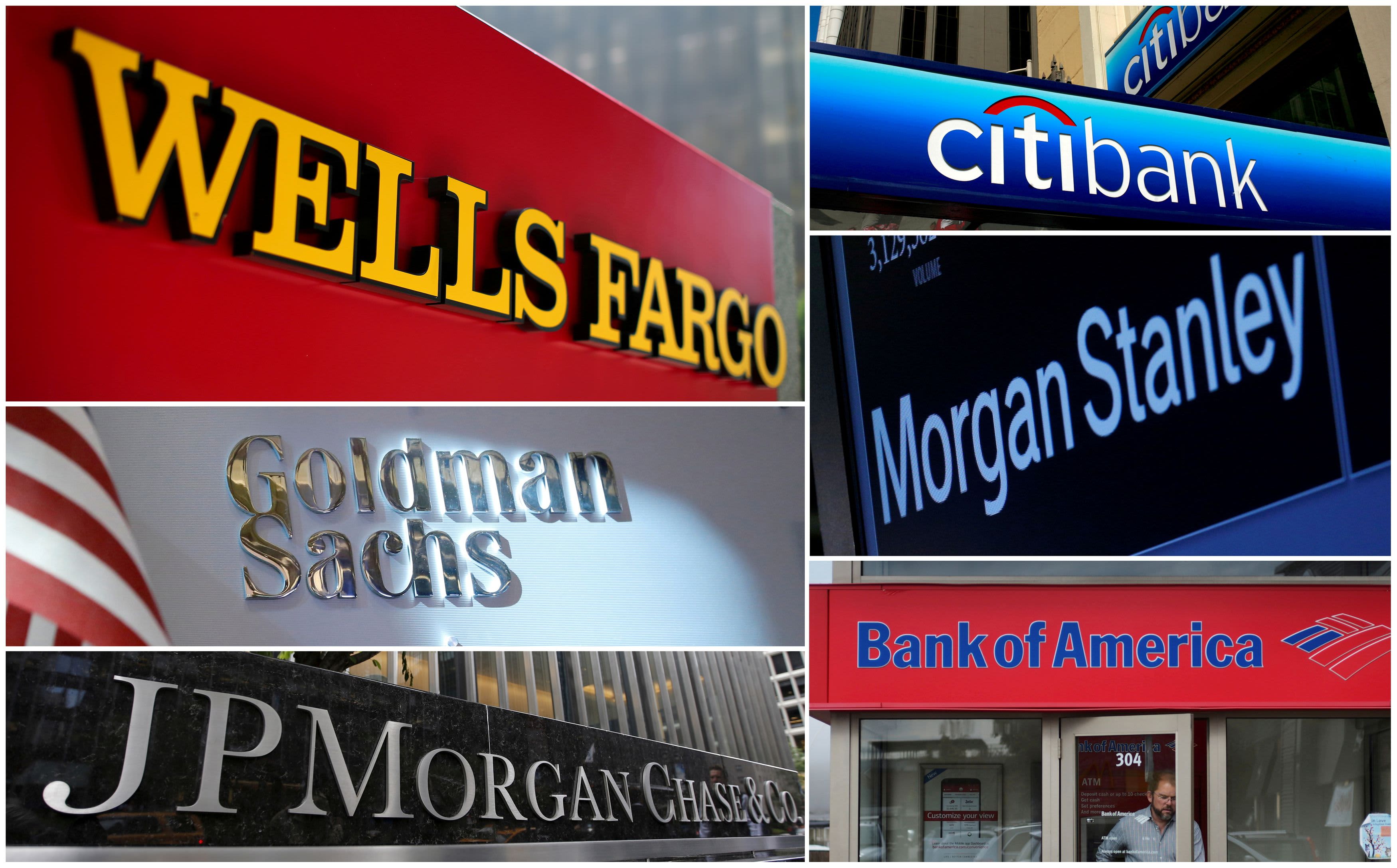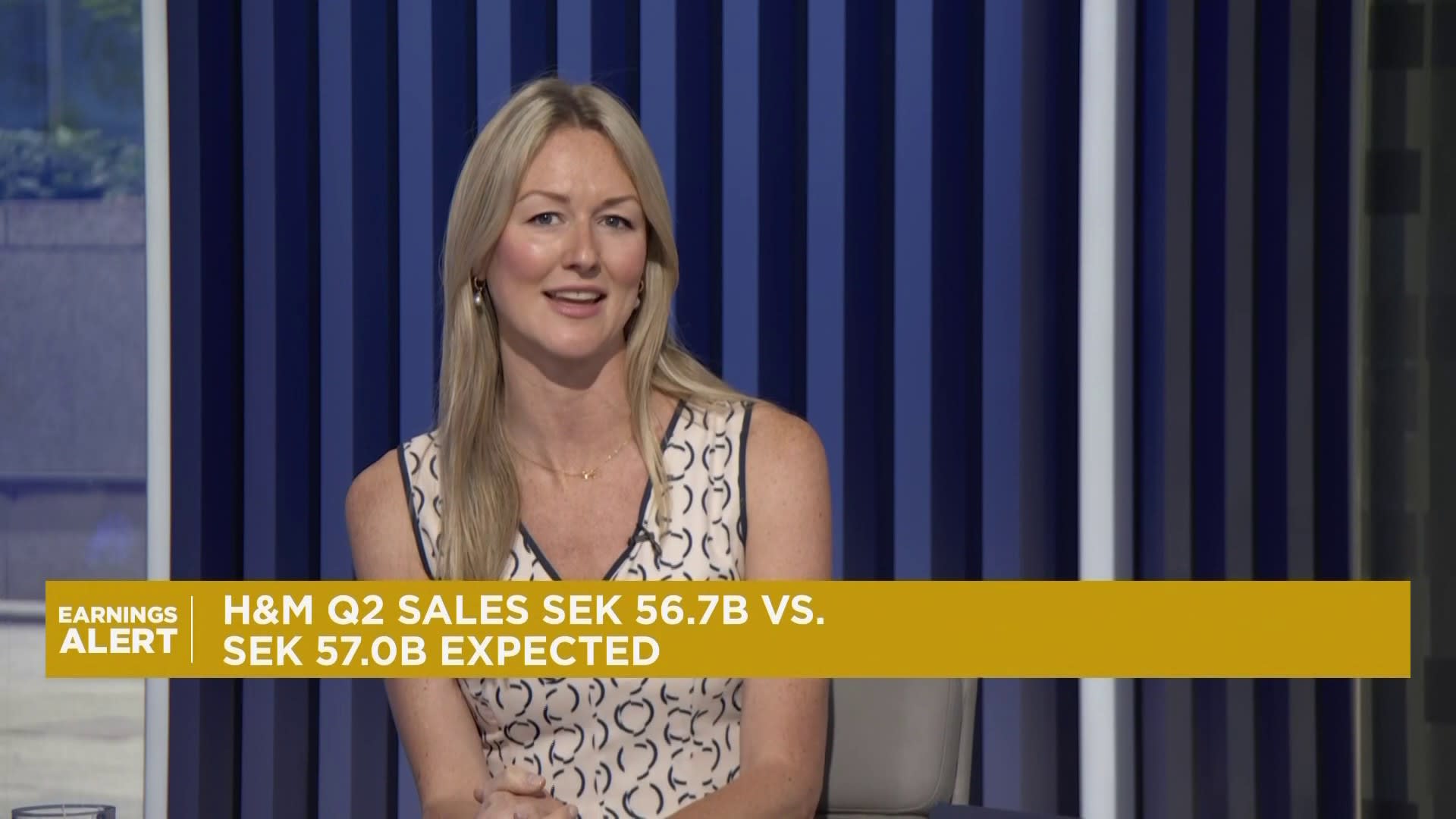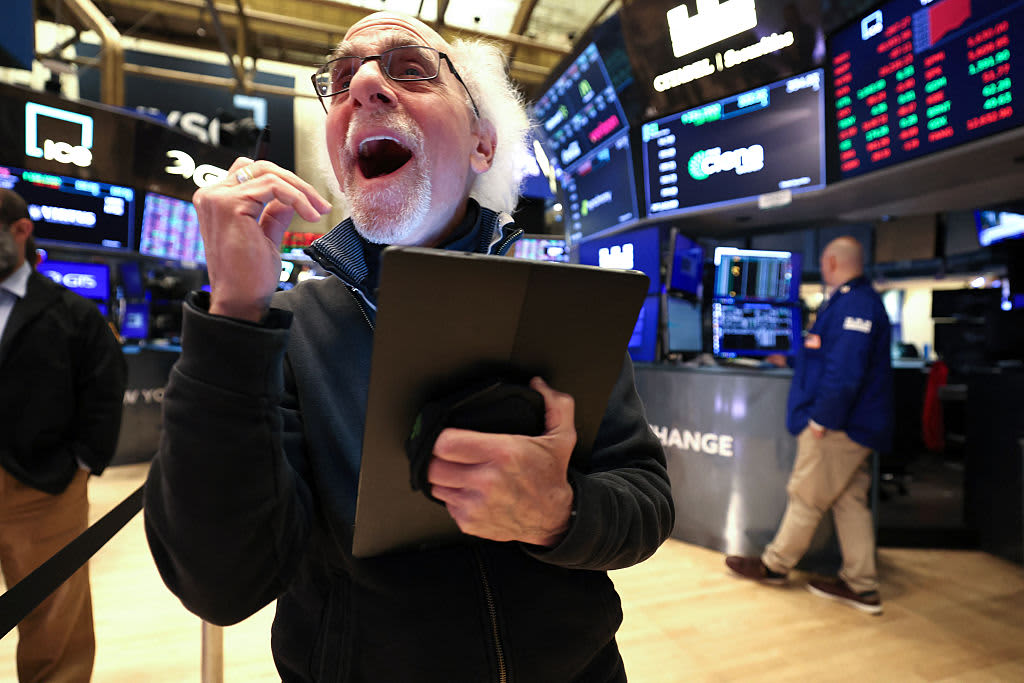Watermelons from Mexico are displayed on a shelf at a Target store on March 5, 2025 in Novato, California.
Justin Sullivan | Getty Images
On the surface, February’s inflation data released this week brought some encouraging news. But underneath, there were signs likely to keep the Federal Reserve on hold when it comes to interest rates.
While the consumer and producer price indexes both were lower than anticipated, that won’t necessarily be reflected in the main measure the Fed uses to gauge inflation.
Because of some byzantine math and trends in a few key areas beneath the headline readings, policymakers are unlikely to take a lot of comfort in these numbers, according to multiple Wall Street economists.
“In short, progress on inflation has started off 2025 on the wrong foot,” Bank of America economist Stephen Juneau said in a note. “Our forecast for PCE inflation reinforces our view that inflation is unlikely to fall enough for the Fed to cut this year, especially given policy changes that boost inflation. We maintain our view that policy rates will stay on hold through year-end unless activity data really weakens.”
Markets agree, at least for now. Traders are assigning virtually no probability of a cut at next week’s Federal Open Market Committee meeting and only about a 1-in-4 chance of a reduction in May, according to CME Group calculations.
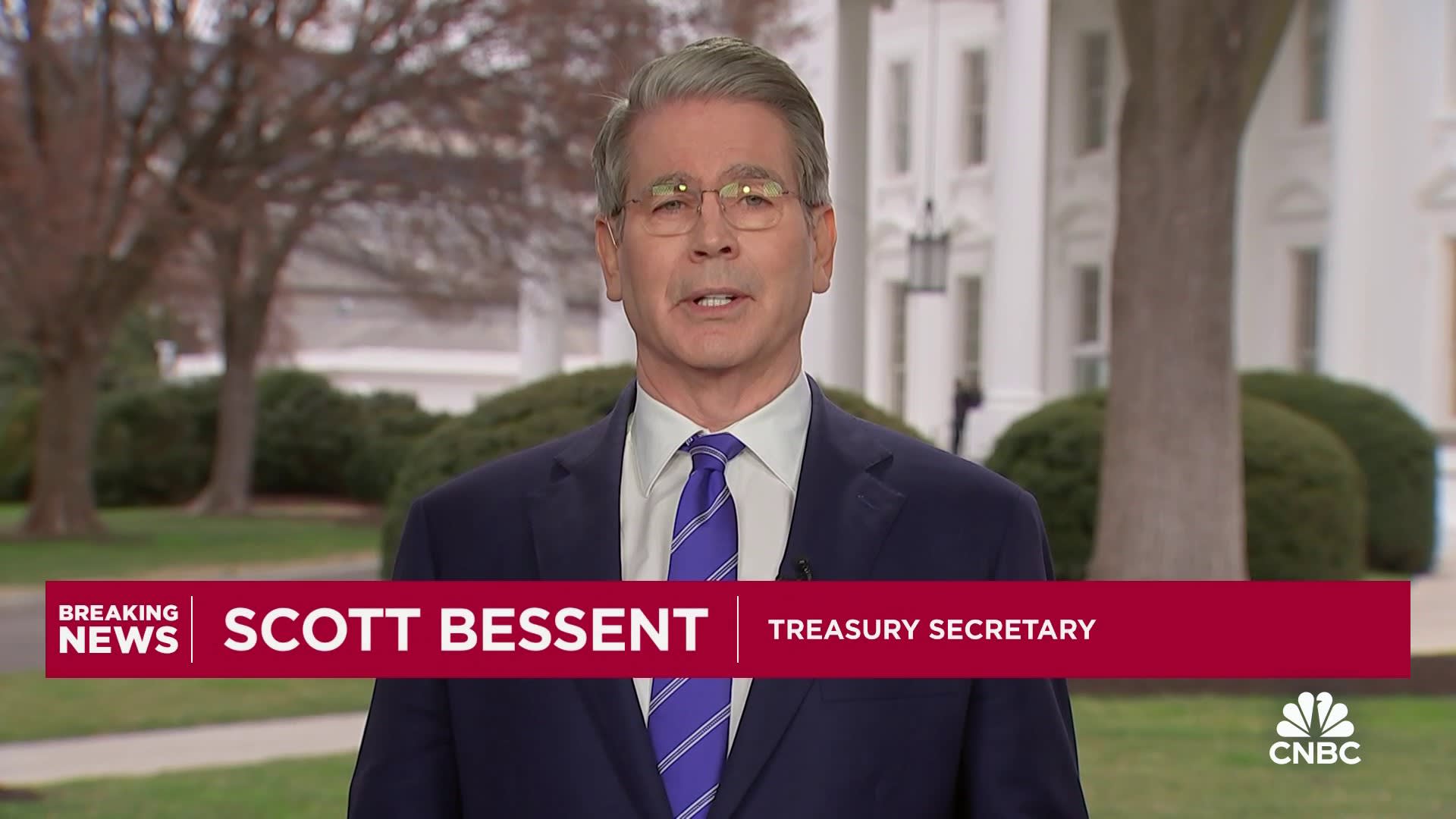
While the Fed pays attention to the two Bureau of Labor Statistics gauges, it considers the last word on inflation to be the Commerce Department’s personal consumption expenditures price index.
Central bank officials believe the PCE reading — in particular the core that excludes food and energy prices — to be a broader look at price trends. The index also more closely reflects what consumers are buying rather than just the prices of individual goods and services. If consumers are, say, substituting chicken for beef, that would be more indicated in the PCE rather than the CPI or PPI.
Most economists think the latest PCE reading, scheduled for release later this month, will show the year-over-year inflation rate at best holding steady at 2.6% or perhaps even ticking up a notch — further away from the Fed’s 2% goal.
Specifically, Thursday’s PPI report, which measures wholesale costs and is thus considered an indicator of pipeline inflation, “confirms our fears that the benign February inflation print would map across to a hotter than expected inflation print on the Fed’s preferred PCE inflation gauge,” wrote Krishna Guha, head of global policy and central bank strategy at Evercore ISI.
“Rather than decline steadily through early [second quarter], PCE inflation looks instead set to be bumpy and choppy,” he added.
Some of the areas that will feed through from the PPI and elevate the PCE include higher prices for hospital care as well as insurance prices and air transportation, according to Sam Tombs, chief U.S. economist at Pantheon Macroeconomics.
“The outturn almost certainly will make the Fed wince,” Combs wrote.
Combs predicts the core PCE reading for February will show an inflation rate of 2.8%, a 0.2 percentage point increase from January. That’s about in line with others on the Street, as Bank of America and Citigroup see the core inflation rate at 2.7%. Either way, it’s moving in the wrong direction. The consumer price index showed a core inflation rate of 3.1%, the lowest since April 2021.
However, there could be some good news yet.
As much as the expectation is for a bounce from February, many forecasters see inflation pulling back beyond that, even with the impact from tariffs.
Citi thinks March will see a “much more favorable” reading, with the firm predicting an out-of-consensus call of the Fed resuming its rate cuts in May. Market pricing currently indicates a much greater likelihood of a June cut.
